Heirloom Corn Types & Planting Tips
Heirloom Corn – More than just Sweet Corn
Heirloom corn is gaining in popularity as more people taste the vast differences and depths in flavors compared to commercially grown hybrid sweet corn. Comments like “It tastes more like corn than any store-bought corn I’ve ever had” and “The flavor lasts much longer and is much stronger than what I’m used to,” are common when people first taste roasted heirloom corn.
What many don’t realize is there is much more to discover in heirloom corn than just the sweet, fresh eating varieties. After all, corn has been the foundation of nutrition in Mexico and Central America, as well a surprising amount of North America.
William Woys Weaver does a marvelous job of introducing and explaining the different types of heirloom corn in his extensive book Heirloom Vegetable Gardening, the result of over 30 years of growing, tasting and cooking with heirloom vegetables.
Types of Corn
The Indians appear to have categorized their corns by intended use: for flour, for hominy and porridge, for popping, and so forth. Each corn had its adjunct ceremonies and festive recipes. We have inherited some of these corns from native peoples, and we have selectively borrowed some of their dialect names (such as flint) for types of corn, but we use them in much different ways. The profundity of the changes that occurred as the cultivation of corn shifted from the Indian to the white man is acutely evident in Porter A. Browne’s Essay on Indian Corn (1837), which cataloged thirty-five of the most commonly raised varieties at the time. Very few were pure Indian sorts, and only a couple are known today; the rest are probably extinct.
Browne organized his corns by color. Among the yellows he listed King Phillip Corn, which is still available. Under white corn, he mentioned Smith’s Early White and Mandan, in this case a sweet corn, not the Mandan corn familiar to seed savers today. His list of red corns was the largest, including Guinea Corn, William Cobbett’s Corn, Dutton Flint, and a curious Mexican corn “found in a mummy.” Perhaps the Mexican corn released in the 1860s by Massachusetts seedsman James J. H. Gregory attempted by virtue of its provocative name to cash in on a similar implied ancient authenticity, like the Anasazi bean of today.
Horticulturists divide corn differently than did either the Indians or the early corn specialists like Browne. All of the cultivated varieties belong to the same species and therefore readily cross with one another. In fact, corn is one of the easiest of all garden vegetables to cross, since it relies on windblown pollen for fertilization, and even the slightest puff of air can carry pollen a great distance. This promiscuity results in many varieties that fall between the five or six recognized types generally accepted by horticulturists. Of the garden varieties, these include popcorn (var. praecox), dent corn (var. indentata), flint corn (var. indurate), soft (flour) corn, and sweet corn (var. rugosa). If this discussion is shifted to Mexico, everything is turned topsy-turvy by the huge number of corns that evolved there. Their complicated pedigrees were analyzed in Paul Mangelsdorf’s Corn (1974), one of the breakthrough studies on the origins of this plant.
Popcorn is one of the oldest and hardiest of all the types and can be grown where many other corns do not thrive. It can be planted earlier in the spring than other varieties, but of course it will cross easily with any type of corn planted near it. Since popcorn pops best when the kernels are over a year old, this is a corn that must be allowed to ripen on the stalk, then properly dried indoors before storing in containers free of insects and moisture. Freezing it immediately before it is popped will increase the rate of popping. I have included two old varieties in my selection that not only pop beautifully but have a flavor not found in modern commercial varieties.
Dent corns are characterized by a dent or crease in the kernel, hence the Indian name “she-corn.” This type of corn is starchy and is generally used for roasting, corn bread, and hominy. It is a type best acclimated to the South and Southwest, where it seems to have developed the greatest number of varieties. Flint corns are the northern counterpart to this type. The kernels contain a high percentage of opaline, a mineral that gives the corn it’s gritty or “flinty” texture when ground. Flint corns are normally used for grits and hominy, as are many field corns.
Flour corns or soft corns are characterized by a kernel that is mostly starch when ripe, and therefore lends itself to grinding for flour. All North American Indians involved in agriculture maintained flour corns of one kind or another. Even though they are believed to have had a tropical origin, corns with this genetic feature were among the first to be dispersed by the Indians to all parts of our continent. The Tuscarora corn on my list is one of the classic Eastern corns of this type.
The Indians of North America distinguished between two types of sweet corn, the “green” or unripe corn of most corn types when they are in the so-called “milky” stage, and a corn with heavily wrinkled kernels that is naturally sweet by genotype. The sweet corn of white culture is this latter type. Historically, true sweet corn was a latecomer, reaching what is now the United States in the 1300s. It originated in Peru, where it is still used to make chicha, a fermented drink made in pre-Columbian times. Sweet corn derives its sweetness from a recessive gene, a mutation that has made it defective in converting sugar to starch. This characteristic was utilized by Native Americans for storing slow-ripening late-season varieties as “fresh” corn during part of the winter or for caramelizing the corn while in the husk over hot coals. This slow drying process resulted in a sweet-tasting dry corn that could be eaten as a snack or used in stews and vegetable mixtures.
According to anthropologist Helen Rountree (1990, 52), the Powhatans of Virginia made a corn-and-bean dish called pausarowmena that served as a staple dish during the winter. In the late summer, “green” corn or a variety of sweet corn was harvested and roasted in the husk over hot coals until dry and slightly caramelized, very much in taste and texture like the present-day dry sweet corn of the Pennsylvania Dutch. This dry sweet corn was stored in middens and reconstituted as needed with water. It was stewed with two types of beans, a large pole variety and a small bush bean. This combination of dried sweet corn and two distinct types of beans constituted the real “succotash” of the Powhatans and related peoples in the Middle Atlantic region.
Planting Corn
All open-pollinated heirloom corn must be planted differently from hybrids. For best results, plant the seed in blocks or squares 5 to 6 rows wide. John Brown, a farmer who lived on Lake Winnepesaukee in New Hampshire and who developed the variety known as King Philip Corn, noted in The Report of the Commissioner of Patents (1856, 175–76) that farmers in his region were still planting corn “the old way” in rows 4 feet apart in hills 3 feet from one another, four to six plants per hill. This method works well for heirloom varieties and will ensure good pollination with room between the hills for squash. Pole beans may be planted among the clumps of corn and allowed to climb up the stalks.
Among the Indians in the East, corn seed was generally treated in an herbal tea before it was planted. F. W. Waugh described some of these decoctions in Iroquois Foods and Food Preparation (1916, 18–20). After soaking in the tea, the corn was left wet in a basket so that it would sprout a little before planting. This treatment was thought to protect the corn, and may in fact have produced an odor to camouflage it from birds and insects. It had the additional benefit of separating viable seed from weak ones and avoiding seed that might otherwise rot in the ground.
From this, we hope you’ve gained a deeper appreciation for the extensive uses and different types of heirloom corn and are inspired to give one or two different types a try this season! Visit our online store to see some storied varieties of corn.

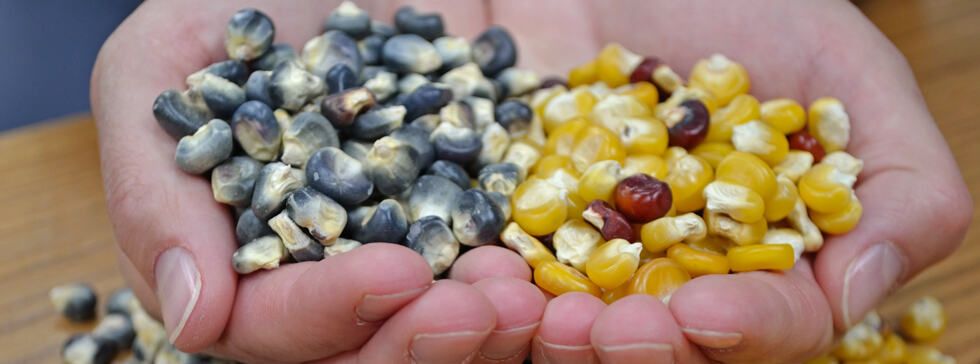

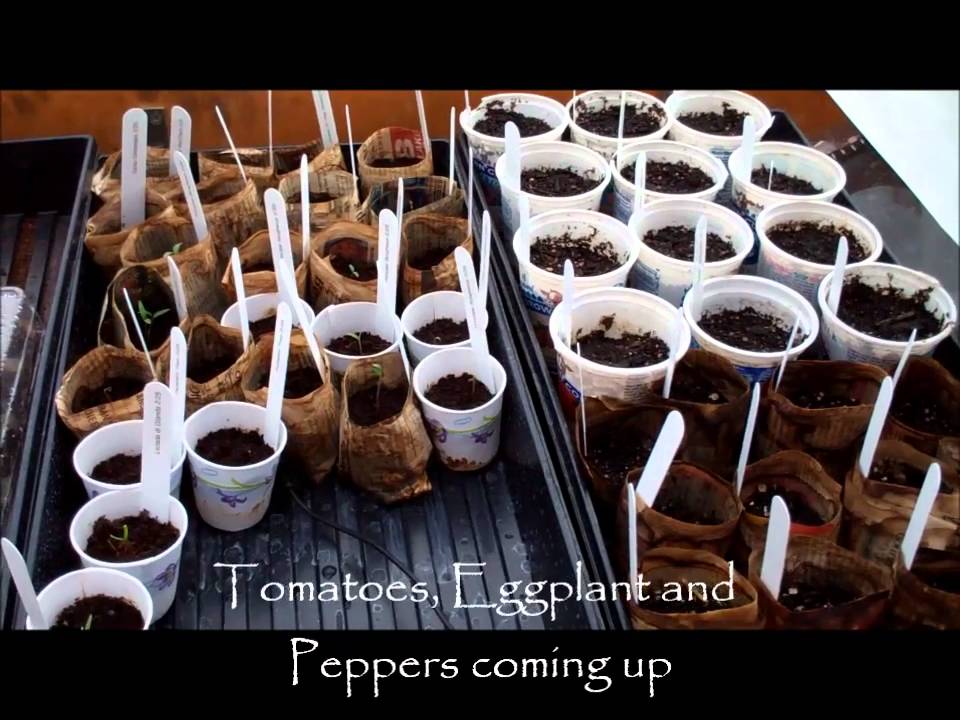
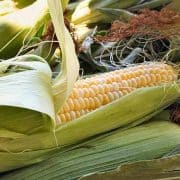
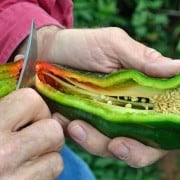
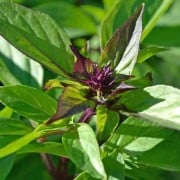
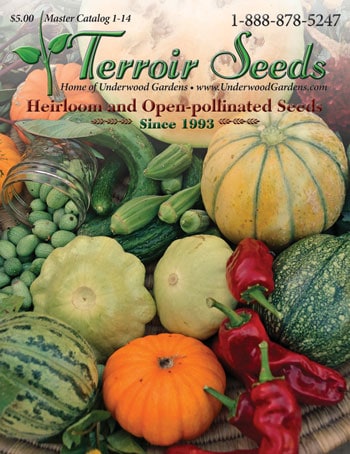
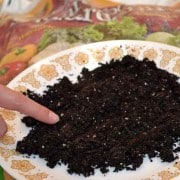
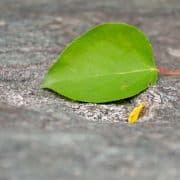
Leave a Reply
Want to join the discussion?Feel free to contribute!